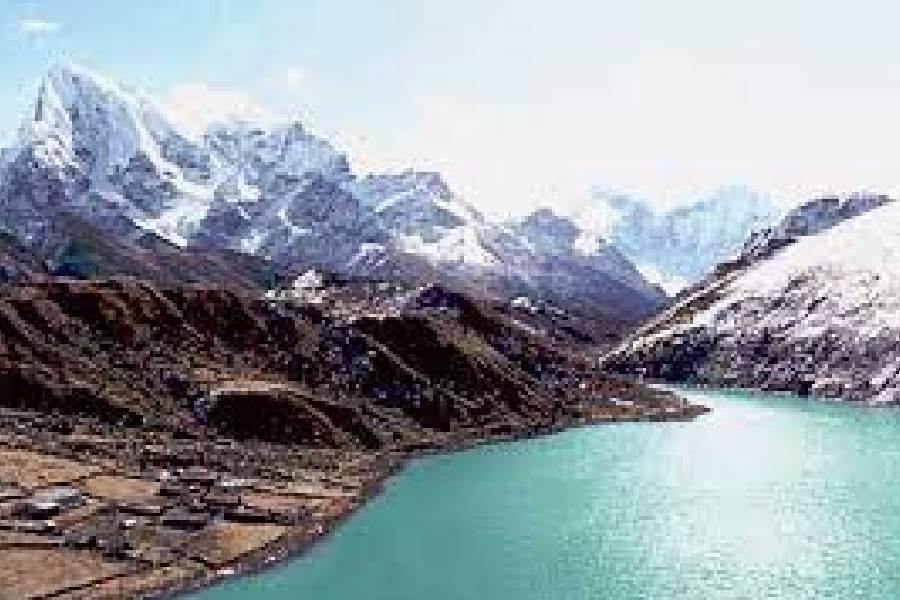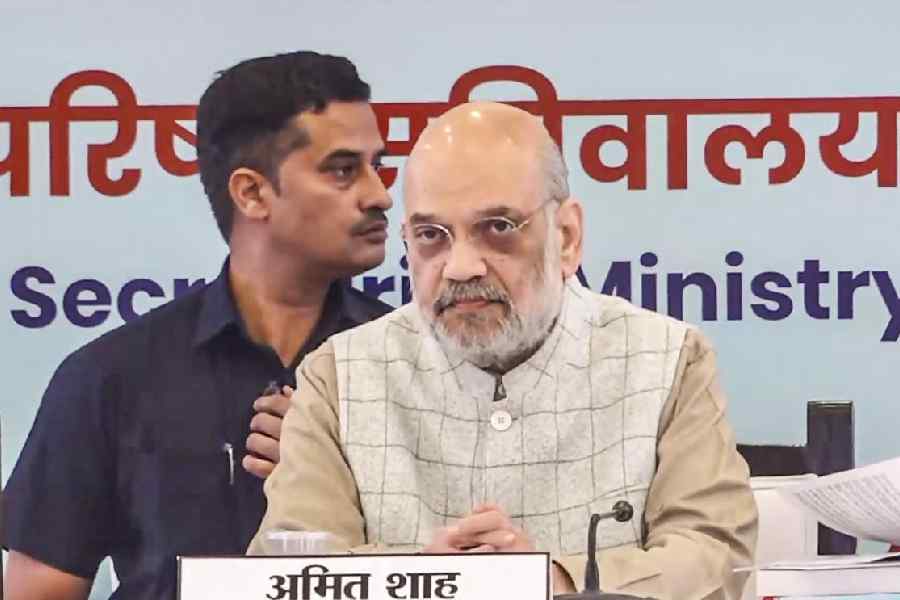The Hindu Kush Himalayan region, which encompasses the highest mountain ranges in the world and contains the largest volume of ice on Earth outside the polar regions, is undergoing “unprecedented and largely irreversible” changes triggered by climatic impacts and can lose up to 80 per cent of its glaciers by 2100, said a global report released on Tuesday.
The report further said that Himalayan glaciers disappeared 65 per cent faster in 2010-19 than in the previous decade and “floods and landslides are projected to increase over the coming decades”.
“Ice and snow in the Hindu Kush Himalaya are an important source of water for 12 rivers that flow through 16 countries in Asia, providing fresh water and other vital ecosystem services to 240 million people in the mountains and a further 1.65 billion downstream,” said an expert.
Though the western Himalaya are expected to be impacted more, the rivers in the eastern and northeastern parts of India including the Brahmaputra, the Ganga and the Teesta will also be affected.
The report “Water, Ice, Society, and Ecosystems in the Hindu Kush Himalaya” by the International Centre for Integrated Mountain Development (ICIMOD) points out that several key rivers in the region may be significantly affected as a consequence of climatic impacts.
“Glaciers in the HKH could lose up to 80 per cent of their current volume by the end of the century, on current emissions trajectories. Snow cover is projected to fall by up to a quarter under high emission scenarios... drastically reducing fresh water for major rivers such as the Amu Darya (a major river in Central Asia and Afghanistan), where it contributes up to 74 per cent of river flow, the Indus (40 per cent) and Helmand (77 per cent)” reads the report.
“The extent of frozen ground (permafrost) is decreasing, which will lead to more landslides and problems,” said an expert associated with the report.
Izabella Koziell, ICIMOD’s deputy director-general, said: “Two billion people in Asia reliant on the water that glaciers and snow here hold, the consequences of losing this... are too vast to contemplate” and observed that “we need leaders to act now to prevent catastrophe”.
“Eastern Himalaya will be affected as well with rivers like the Brahmaputra and the Teesta getting their base flow from glacier-fed water,” said Anjal Prakash, a climate expert and professor at the Indian School of Business, Hyderabad.
UN secretary-general Antonio Guterres had earlier warned that the flow in major Himalayan rivers, including the Indus, Ganges and Brahmaputra, all critical for India, may get significantly reduced as glaciers and ice sheets are expected to recede in future due to global warming.
Last year, the earth sciences ministry informed the Lok Sabha that glaciers feeding the Ganga and the Brahmaputra river basins were melting at a fast rate, with mean retreat rate varying from 12.7-13.2 metres per annum in the Indus to 15.5-14.4 metres per annum in the Ganga and 20.2-19.7 metres per annum in the Brahmaputra river basins.
“The ICIMOD in its earlier report had indicated how the Himalayan glaciers are being affected due to climate change. It is now getting worse. However, I found in a recent study that many rivers, particularly the smaller ones, in Nepal, Bihar and Uttar Pradesh are fed more by rainwater,” Ajaya Dixit, a water expert from Nepal, said.
Kalyan Rudra, water expert and chairman of the West Bengal Pollution Control Board, said that the eastern Himalaya have fewer glaciers compared to their western counterpart. Hence rivers in the region get less contribution from such glaciers and are likely to be less affected overall. “Still there can be the impact of climate change on the rivers if the water from melted snow and glaciers gets reduced in the region during March, which is the dominant contribution during that time,” Rudra added.
Nilanjan Ghosh, river expert and director of think-tank Observer Research Foundation (ORF), Calcutta, said tributaries play a major role in bolstering the rivers in the region, adding that melting glaciers would push up water volume initially but there may be water shortage in the long run.











